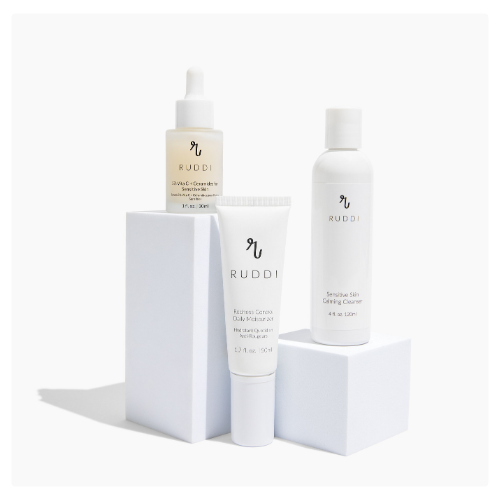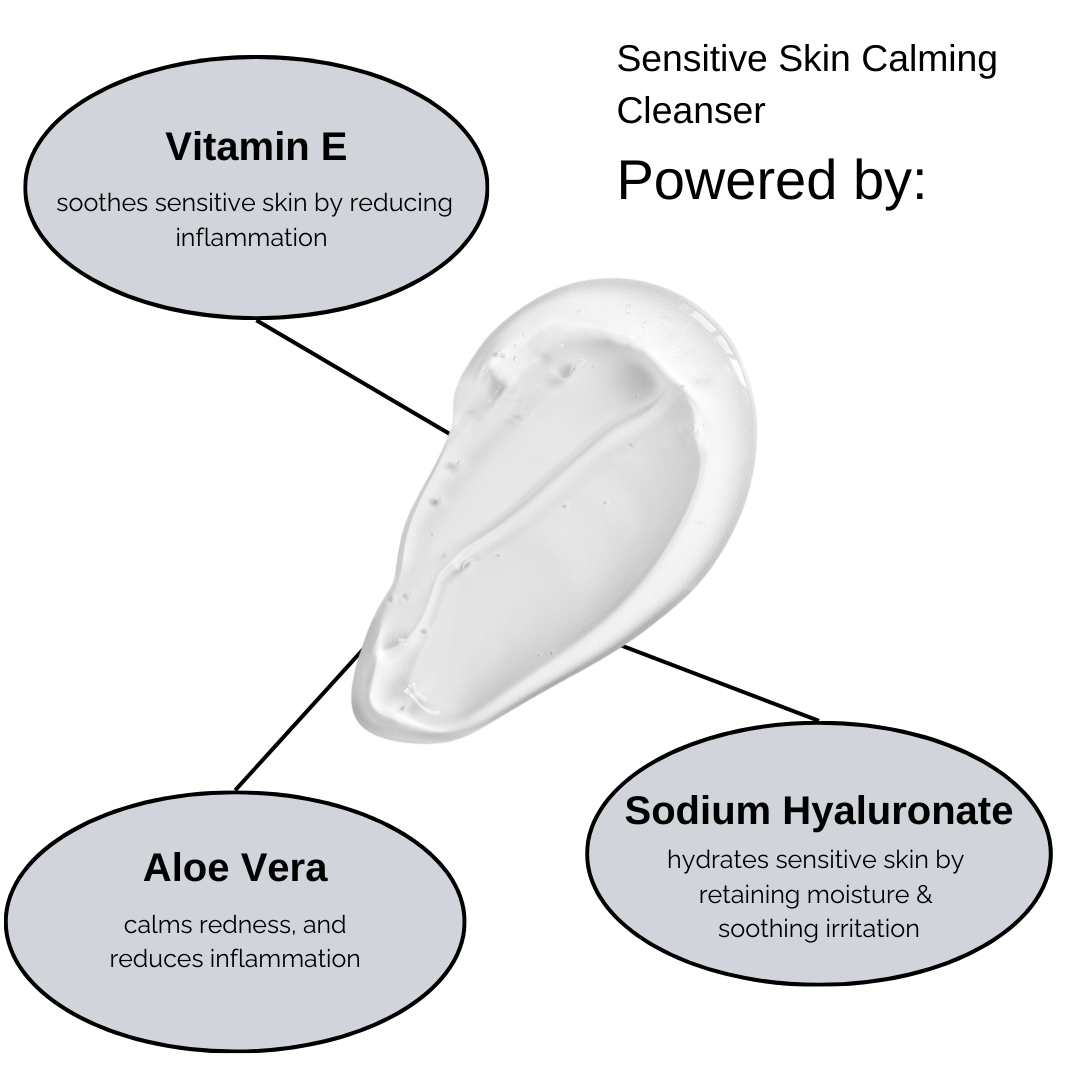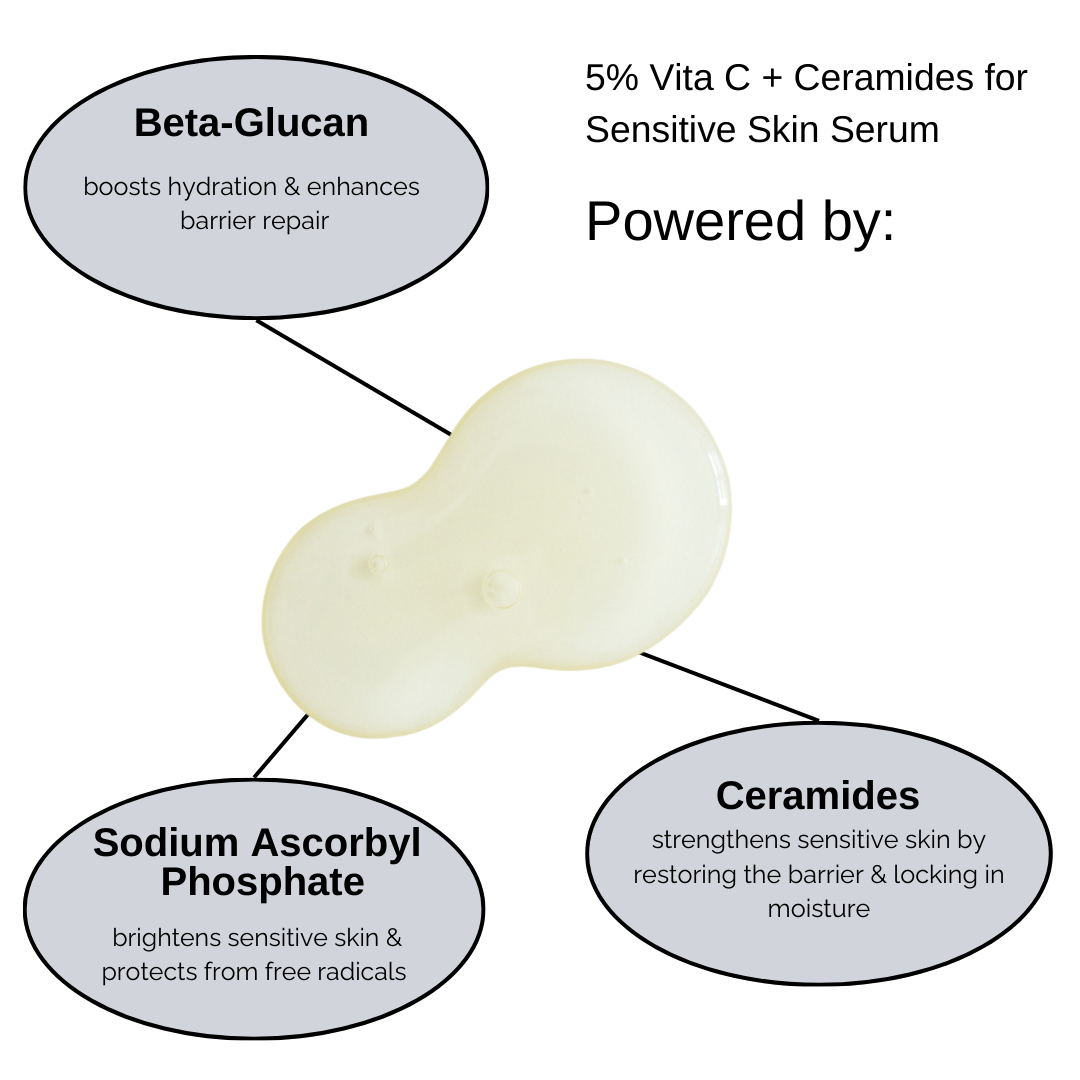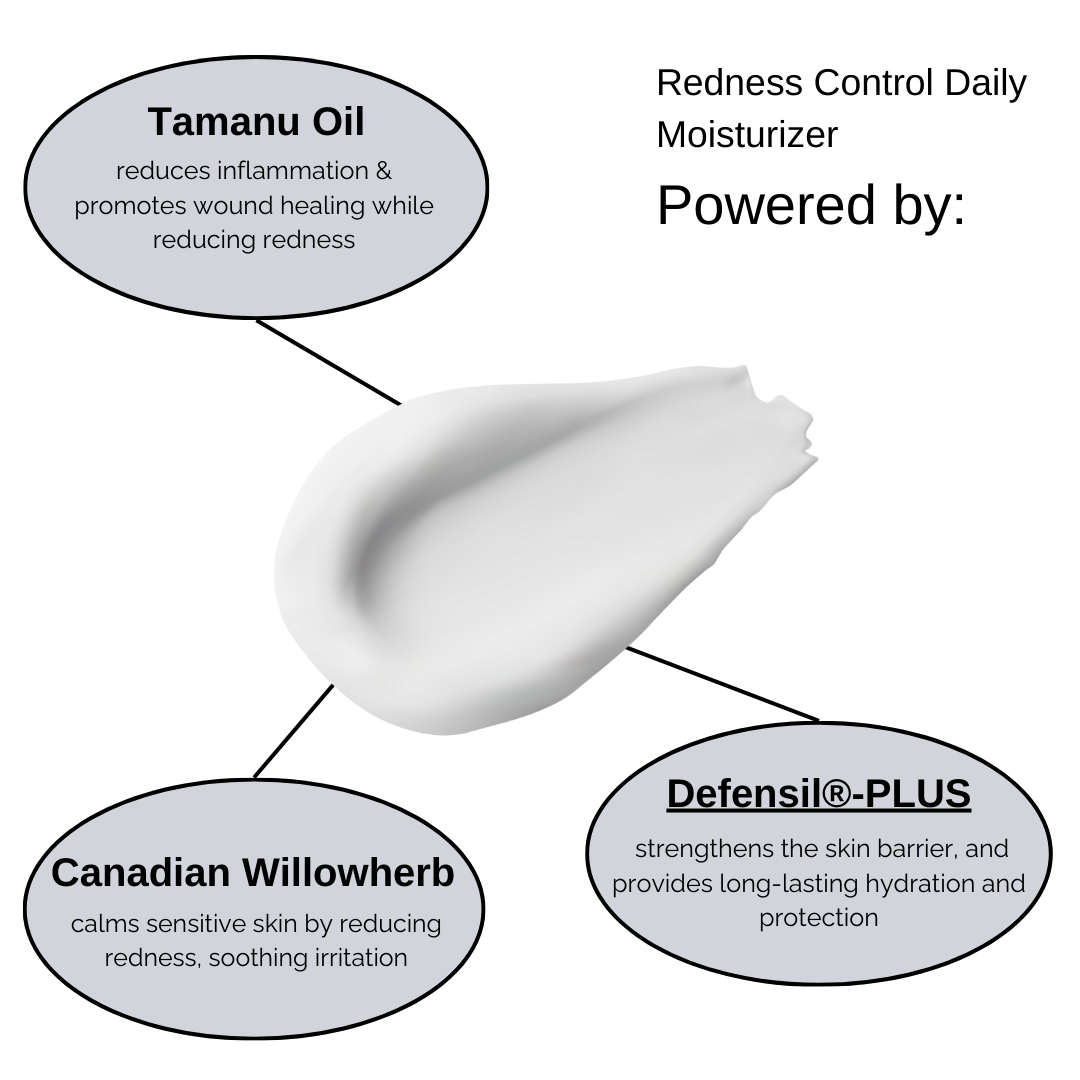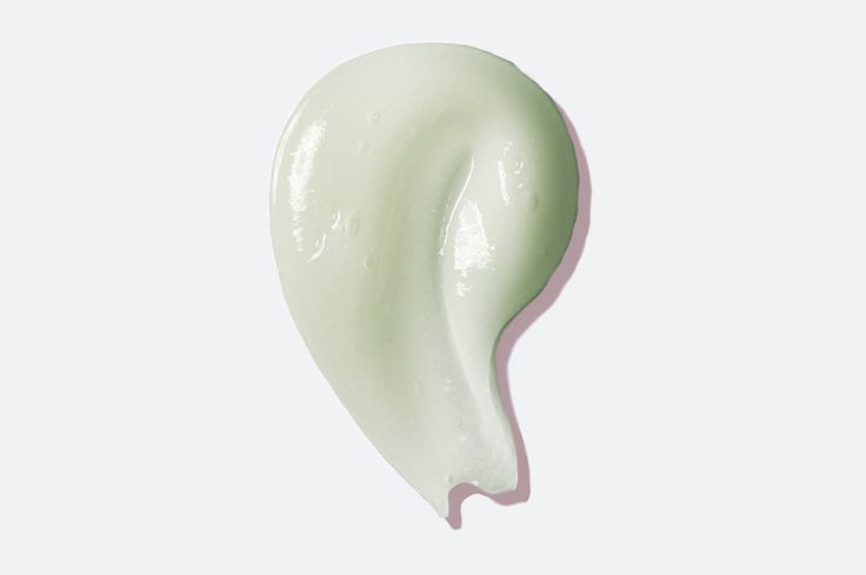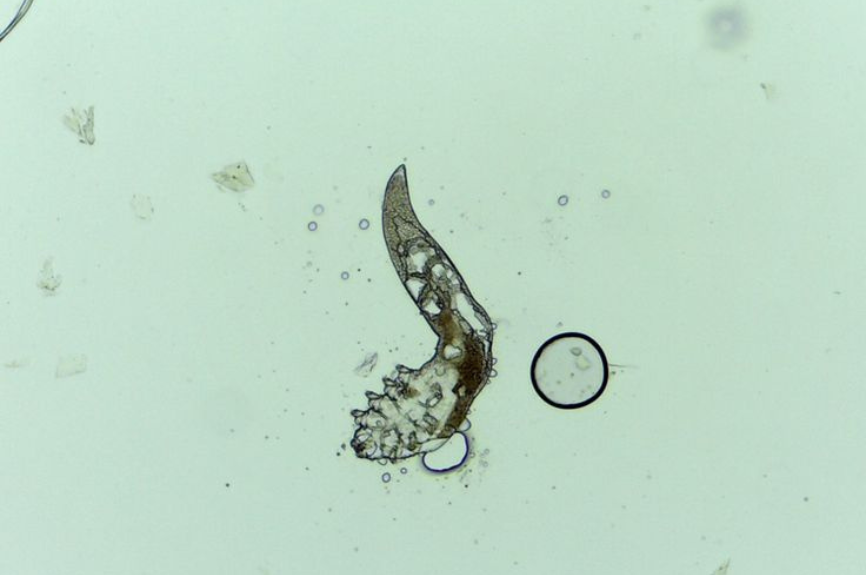
Unveiling the Link Between Demodex Mites and Rosacea: What You Need to Know
Demodex mites are microscopic organisms that naturally inhabit human skin, residing primarily in hair follicles and sebaceous glands. While they are generally harmless, research indicates that individuals with rosacea often have a significantly higher density of these mites—studies have shown up to 15 to 18 times more Demodex mites in rosacea patients compared to those without the condition.
Understanding Demodex Mites
Two species of Demodex mites are commonly found on human skin:
-
Demodex folliculorum: Resides in hair follicles, particularly on the face.
-
Demodex brevis: Lives in the sebaceous (oil) glands.
These mites are typically harmless and are part of the skin's natural microbiome. However, an overpopulation can lead to skin issues, particularly in individuals with rosacea.
Demodex Mites and Rosacea: The Connection
Individuals with rosacea often exhibit a significantly higher density of Demodex mites on their skin compared to those without the condition. While the exact reasons for this increase are still under investigation, several factors may contribute:
1. Increased Sebum Production:
Rosacea can lead to changes in the skin's oil glands, resulting in higher sebu aimed at managing both rosacea and Demodex mite populations effectively.
Managing Demodex Mites in Rosacea
Addressing Demodex mite overpopulation can be a component of rosacea management. Treatment options include:
-
Topical Therapies: Medications such as ivermectin and metronidazole can reduce mite populations and associated inflammation.
-
Oral Medications: In some cases, oral antibiotics like doxycycline are prescribed for their anti-inflammatory properties.
-
Proper Skincare: Gentle cleansing routines and avoiding known rosacea triggers can help maintain skin health and potentially reduce mite proliferation.
It's important to consult with a dermatologist for an accurate diagnosis and to develop an appropriate treatment plan tailored to individual needs.
While Demodex mites are a natural part of the skin's ecosystem, their increased presence in individuals with rosacea suggests a potential link to the condition's pathogenesis. Ongoing research aims to further elucidate this relationship, which may lead to more targeted and effective treatments for rosacea in the future.

